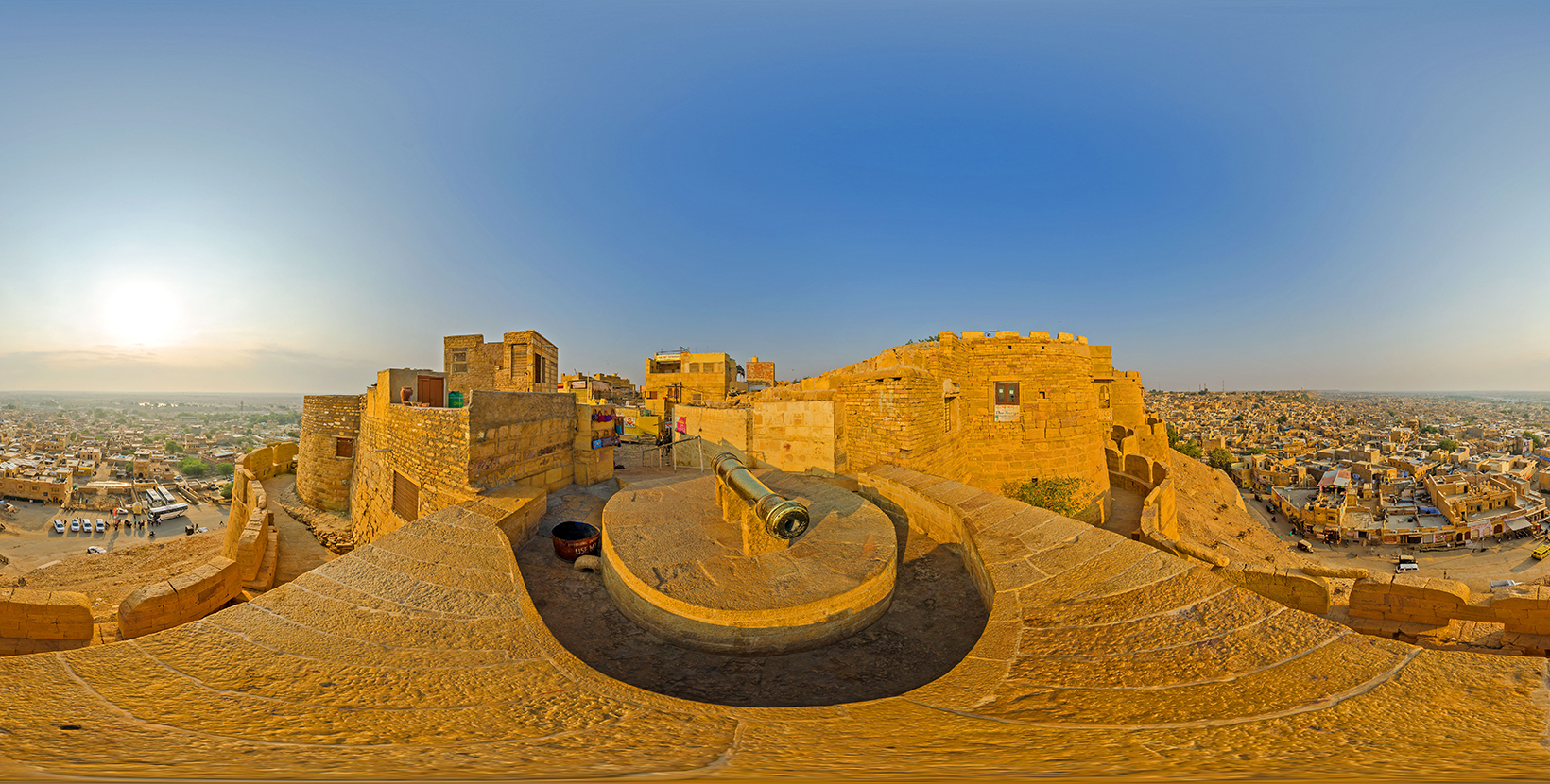Jaisalmer’s Artistic Soul: Exploring Handicrafts and Folk Art
Jaisalmer’s Artistic Soul: Exploring Handicrafts and Folk Art
Blog Article
Jaisalmer, often called the "Golden City," is more than just a desert paradise. It is a place where art, culture, and craftsmanship have flourished for centuries. The city’s heritage is deeply rooted in its handicrafts and folk traditions, which continue to shape the identity of its people. From intricate embroidery to mesmerizing folk performances, Jaisalmer’s artistic soul is evident in every corner. This guide explores the city's remarkable craftsmanship, showcasing how traditional skills have been preserved and adapted over time.
What Makes Jaisalmer’s Handicrafts Unique?
Jaisalmer’s handicrafts reflect the artistic vision of its skilled artisans, who pass down techniques from one generation to the next. The city’s crafts are distinguished by their intricate designs, vibrant colors, and deep cultural symbolism.
Some of the defining characteristics of Jaisalmer’s handicrafts include:
- Use of Natural Materials – Many handicrafts are made from locally available materials such as camel leather, wood, and stone.
- Traditional Motifs and Patterns – Designs often feature motifs inspired by Rajasthani folklore, including peacocks, elephants, and desert landscapes.
- Intricate Craftsmanship – Whether it’s textile embroidery or metal engraving, the level of detail in Jaisalmer’s handicrafts is remarkable.
What Are the Most Popular Handicrafts in Jaisalmer?
1. Embroidered Textiles and Mirror Work
Jaisalmer is known for its vibrant textiles, decorated with intricate embroidery and mirror work. These textiles, often used for clothing, wall hangings, and cushion covers, feature traditional patterns unique to Rajasthan. The use of bright colors and detailed stitching makes them highly sought after.
2. Camel Leather Products
Craftsmen in Jaisalmer create a variety of items from camel leather, including footwear (juttis), belts, and handbags. These products are handcrafted with fine detailing and often include colorful embroidery and embellishments.
3. Wooden Carvings and Furniture
Wooden furniture from Jaisalmer is famous for its detailed carvings and ornate designs. Local artisans create doors, chairs, and tables featuring intricate floral and geometric patterns. Many pieces also incorporate brass inlay work, adding to their aesthetic appeal.
4. Stone Carving and Marble Art
Jaisalmer’s sandstone is widely used for creating decorative items and architectural elements. Skilled stone carvers craft delicate figurines, jharokhas (balconies), and other ornamental pieces.
5. Silver Jewelry and Metalwork
Traditional silver jewelry is an important part of Jaisalmer’s artistic heritage. The city’s artisans produce finely crafted earrings, bangles, and necklaces, often featuring intricate engravings and gemstone embellishments.
How Has Folk Art Shaped Jaisalmer’s Identity?
Folk art in Jaisalmer is an expression of the region’s rich cultural heritage. Whether through music, dance, or visual art, these traditions have been preserved and celebrated for generations.
1. Puppet Shows (Kathputli)
Puppet shows have been a part of Rajasthan’s storytelling tradition for centuries. These performances use handcrafted puppets to narrate tales from mythology and history. The vibrant costumes and expressive movements make them a captivating experience.
2. Folk Music and Instruments
Jaisalmer is home to several folk music traditions, including Manganiyar and Langa music. The musicians use instruments such as the sarangi, dholak, and khartal, producing soulful melodies that capture the spirit of the desert.
3. Kalbeliya Dance
This traditional dance, performed by the Kalbeliya community, is known for its fast-paced movements and swirling black attire. The dance is recognized as an intangible cultural heritage by UNESCO.
4. Mandana Art
Mandana paintings, created using white chalk or lime on red or ochre backgrounds, are an integral part of Jaisalmer’s visual art. These paintings are often seen on the walls and floors of homes during festivals.
Where Can You See Traditional Art in Jaisalmer?
There are several places in Jaisalmer where visitors can witness traditional handicrafts and folk art in action.
- Patwon Ki Haveli – This heritage site showcases exquisite mirror work, paintings, and intricate carvings.
- Sadar Bazaar and Sonaron Ka Baas – These markets are excellent for purchasing handcrafted souvenirs and observing local artisans at work.
- Desert Cultural Centre – A museum that provides insights into Jaisalmer’s folk traditions, including puppetry and music.
- Sam Sand Dunes – Visitors can experience live folk performances against the backdrop of the desert.
How Are Local Artisans Keeping Traditions Alive?
The artisans of Jaisalmer play a crucial role in preserving the city’s artistic heritage. Many work in small workshops or cooperatives, passing down their skills to younger generations. Efforts by cultural organizations and government initiatives also help sustain these crafts.
Some ways in which traditional art is being preserved include:
- Training Programs for Young Artisans – Skilled craftsmen mentor young artists to ensure the survival of traditional techniques.
- Handicraft Fairs and Exhibitions – Events such as the Jaisalmer Desert Festival provide a platform for artisans to showcase their work.
- Online Marketplaces – Many artisans now sell their products online, reaching a global audience while keeping traditional skills alive.
Conclusion
Jaisalmer’s artistic soul is reflected in its rich variety of handicrafts and folk art. Whether through embroidered textiles, intricately carved furniture, or mesmerizing music and dance performances, the city's cultural legacy continues to thrive. The traditions of Jaisalmer are not just relics of the past—they remain an active and evolving part of daily life. Exploring these crafts offers a deeper understanding of the region’s identity and the skilled artisans who keep its heritage alive.
For those seeking an immersive experience in Jaisalmer, staying at a Luxury Tent in Jaisalmer offers a unique way to enjoy the beauty and craftsmanship of the region. Additionally, a stay at a Jaisalmer Desert Camp provides an opportunity to witness traditional folk performances and handcrafted artistry in an authentic setting.
Report this page